This post may contain affiliate links, which means I’ll receive a commission if you purchase through my links, at no extra cost to you. Please read full disclosure for more information.
Take your holidays or your dinner parties to the next level with homemade blini! These small pancakes are the perfect appetizers to enjoy with pretty much everything (but I must be honest, my favorite way to enjoy them is with French crème fraîche and caviar), and they are a cinch to make! And trust me, when you try homemade, you can never go back to store-bought...
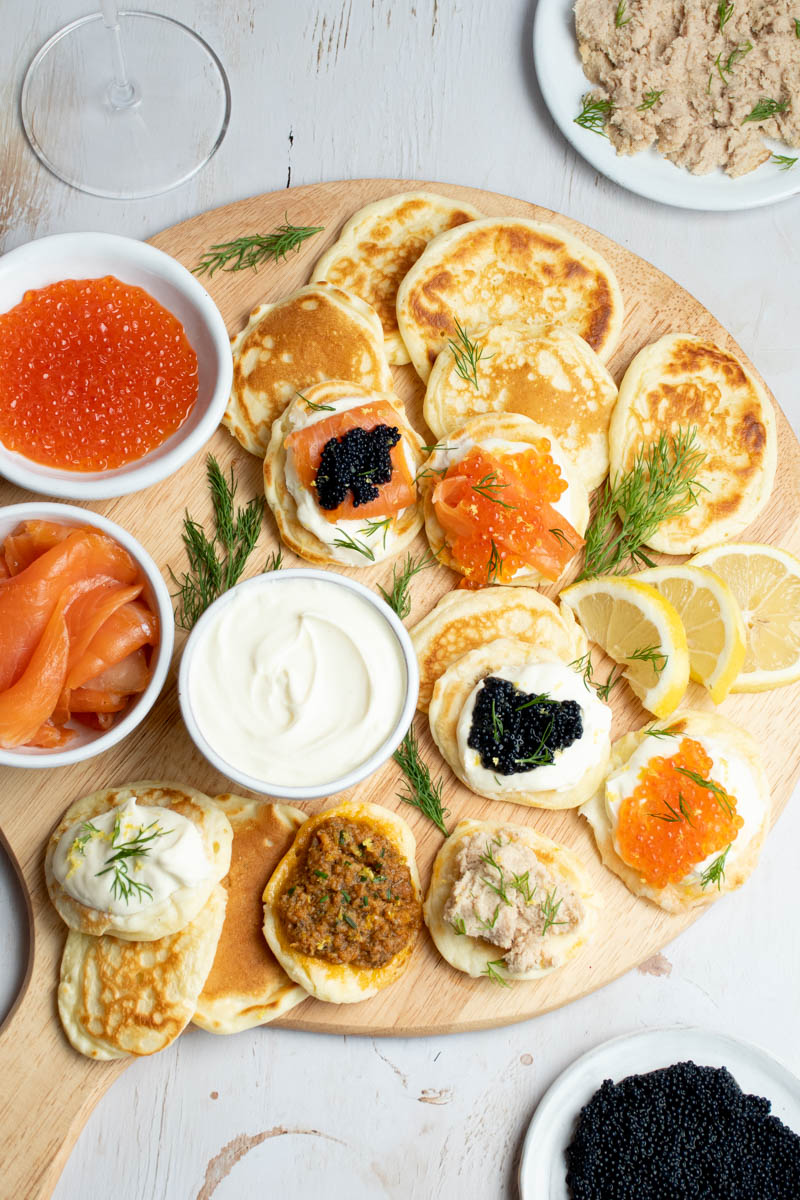
🤔What are blini?
Originally, blini are small Russian crepes/thin pancakes made with milk, egg, flour and yeast. But here France, we have a variation recipe to which we add crème fraîche, making them even fluffier. You'll see, French blini are just sensational!
💙 Why you'll love them
- Super easy - if it's your first time, I swear it's a cinch, don't panic! And if it's not, you already know it's how easy they are to prepare...
- Great for a special occasion...or not - in France, we typically enjoy them during Christmas and the entire festive season, but also very often at cocktails or as appetizers before a friendly-family meal.
- An incredible texture - they are extra fluffy and moist and I'm sure they'll soon become one of your favorite appetizer!
- Easily stored and frozen - that way, you can prepare them in advance and reheat/defrost just before your dinner party!
🥓Other delicious appetizers
🥛Ingredients
You can find a full list of ingredients and measurements in the recipe card below. Here are a few ingredient notes to make these little pancakes.
- Crème fraîche - a French ingredient, kind of like a sour cream (but not exactly the same) and it is what will make a difference and make the blinis super soft. You can make your own creme fraiche very easily.
- Milk - I recommend going for whole milk, as it makes a much better job than semi-skimmed milk. They'll be fluffier with whole milk!
- Baking powder: for soft, rounded blinis. It's the best type of yeast to use for this recipe!
- Regular flour - the traditional Russian blini calls for a mix of buckwheat flour and all purpose flour, but I find it easier to have just all-purpose flour.
- Egg - ideally pasture-raised organic. You can refer to the Eco Tips I've written on eggs to help you choose the right ones.
- Olive oil for cooking, but you can completely replace it with melted butter.
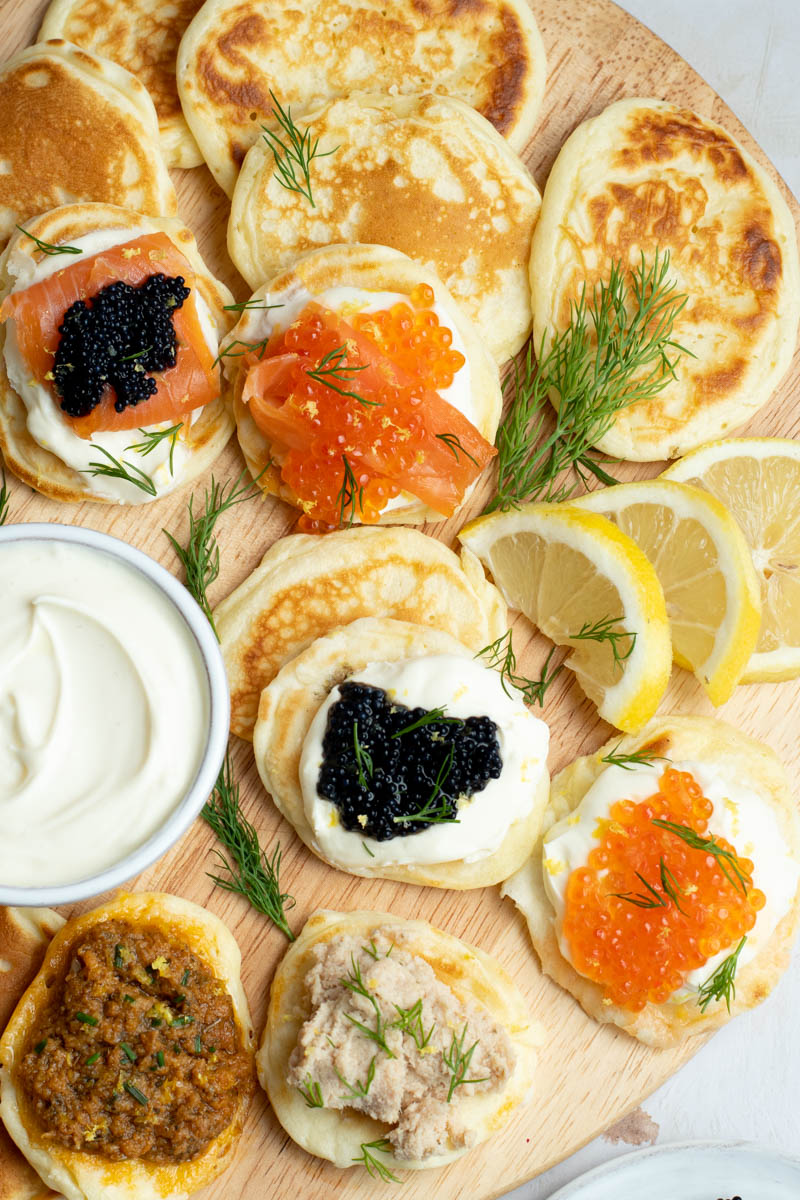
🦐What to serve them with?
There are so many different ways you can serve blini, here are a few suggestions:
- Caviar
- Salmon roe
- Cottage cheese or cream cheese
- Dips - tamara, tuna and cream cheese dip, hummus, Tzatziki or French tapenade
- French Foie Gras
- French Rillettes
- They're not very salty, so you can also serve them with fresh fruit or even Nocciolata (much better than Nutella, for the planet and for your health).
🍴Utensils
A kitchen scale: I recommend you always use a kitchen scale. Precision is important in the kitchen and plays a role in the success of a recipe.
If you're not sure which utensils or robots to buy for cooking, check out my guide to kitchen tools and utensils.
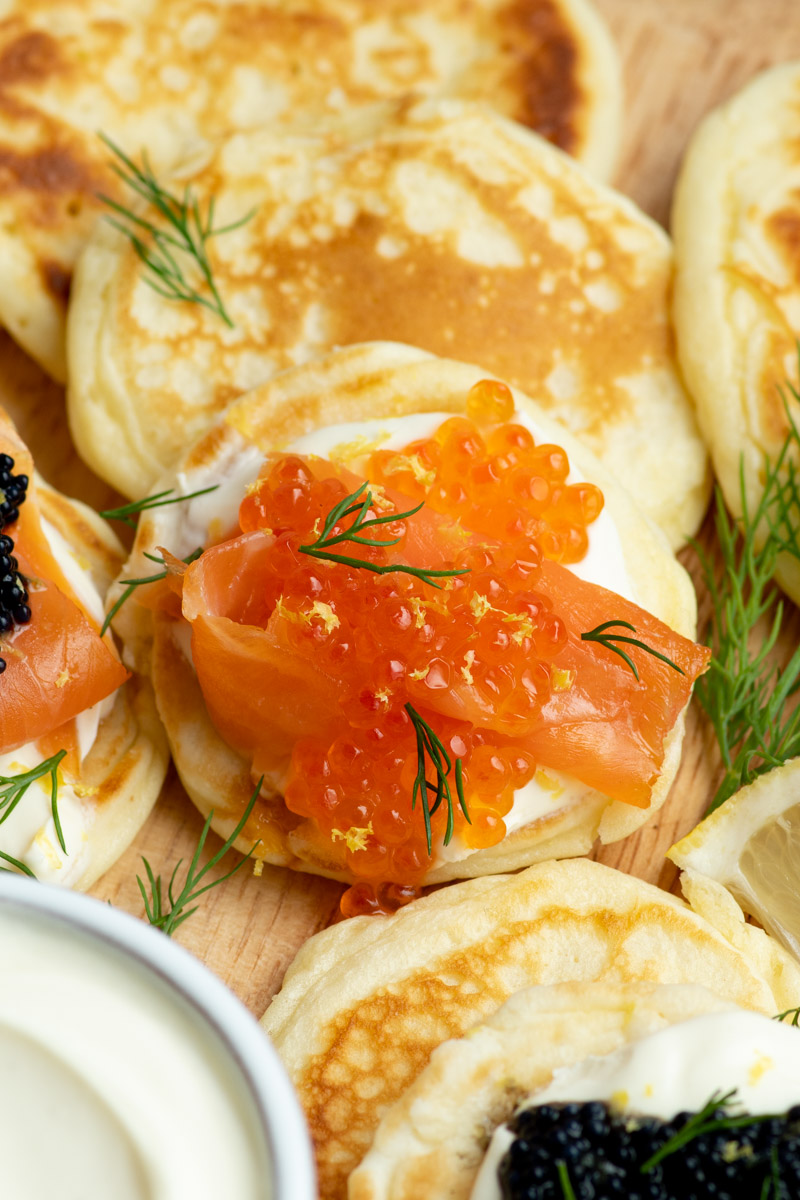
✨How to make these blini?
Recipe details and quantities are in the recipe card below.
- In one bowl, mix all the ingredients together, using a whisk, to prevent lumps.
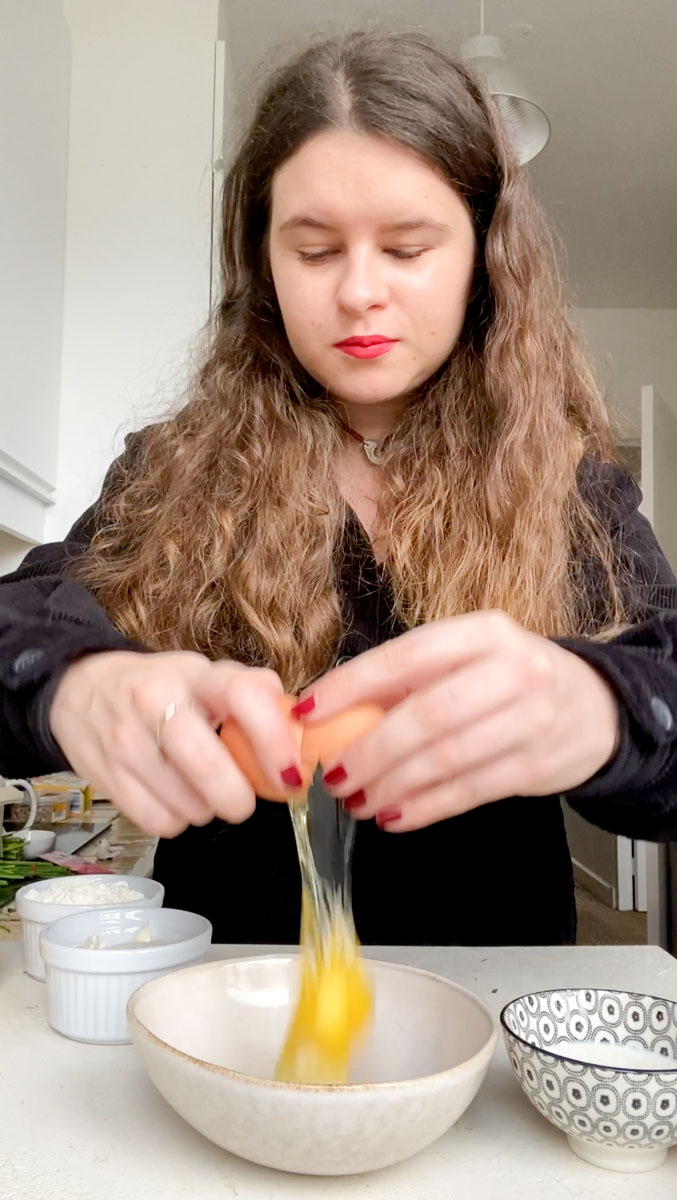


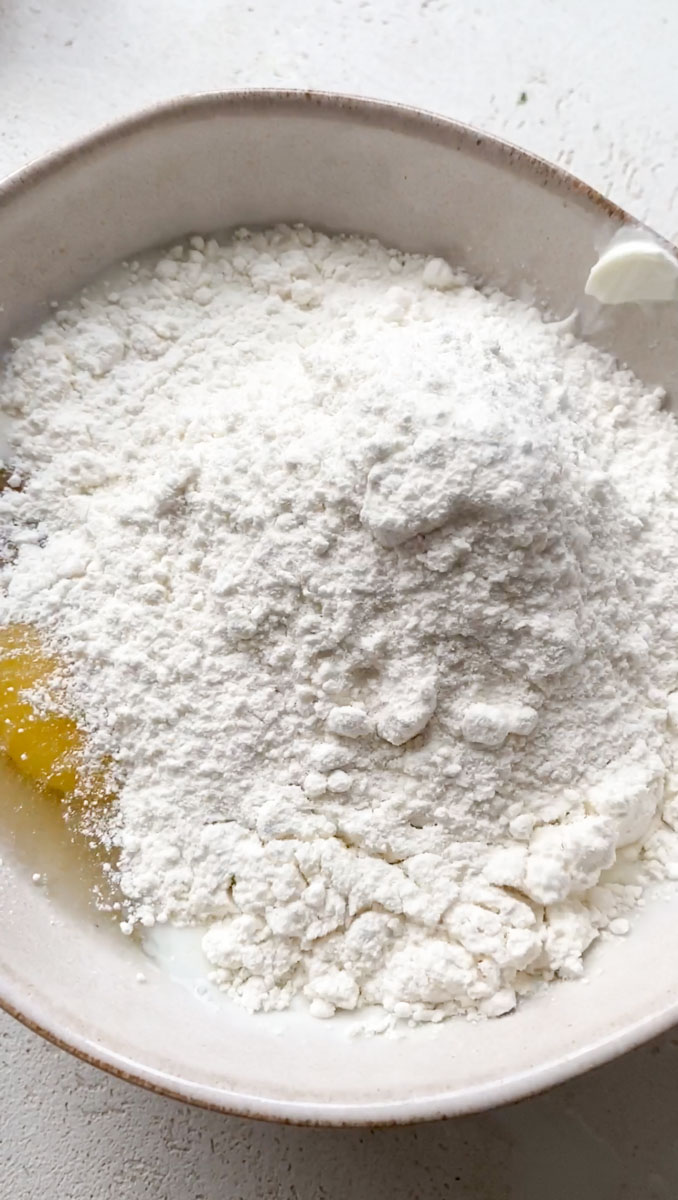
- Cover the bowl with a clean kitchen towel and leave to rest for 30 minutes.
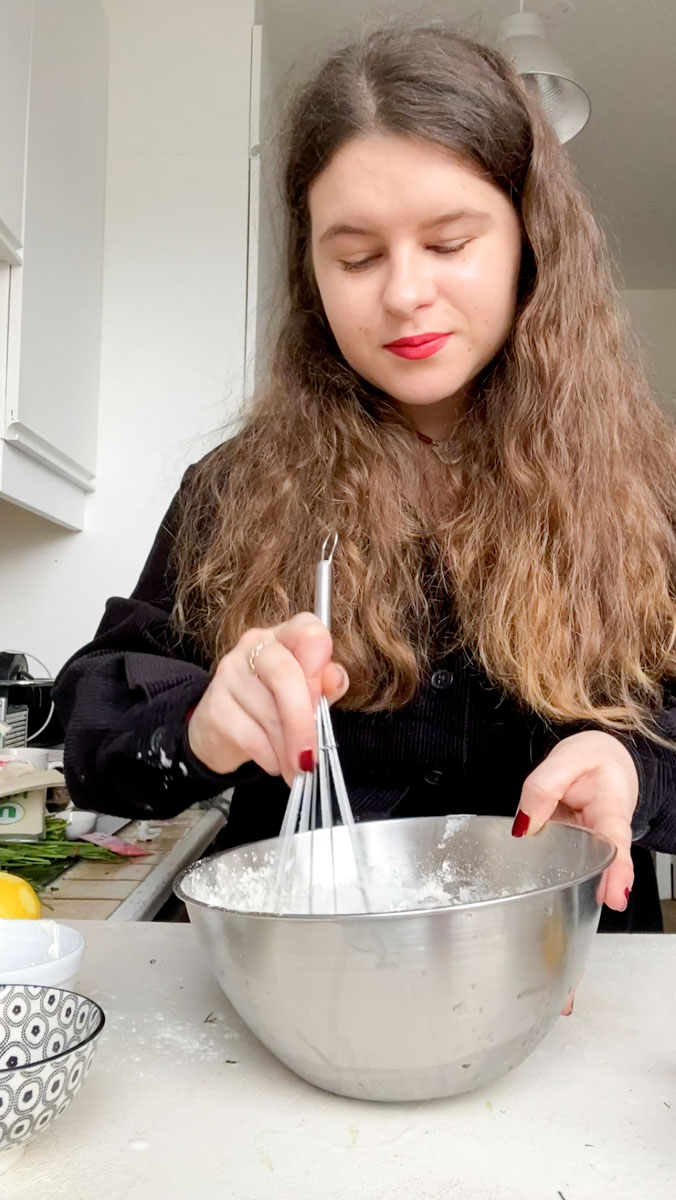
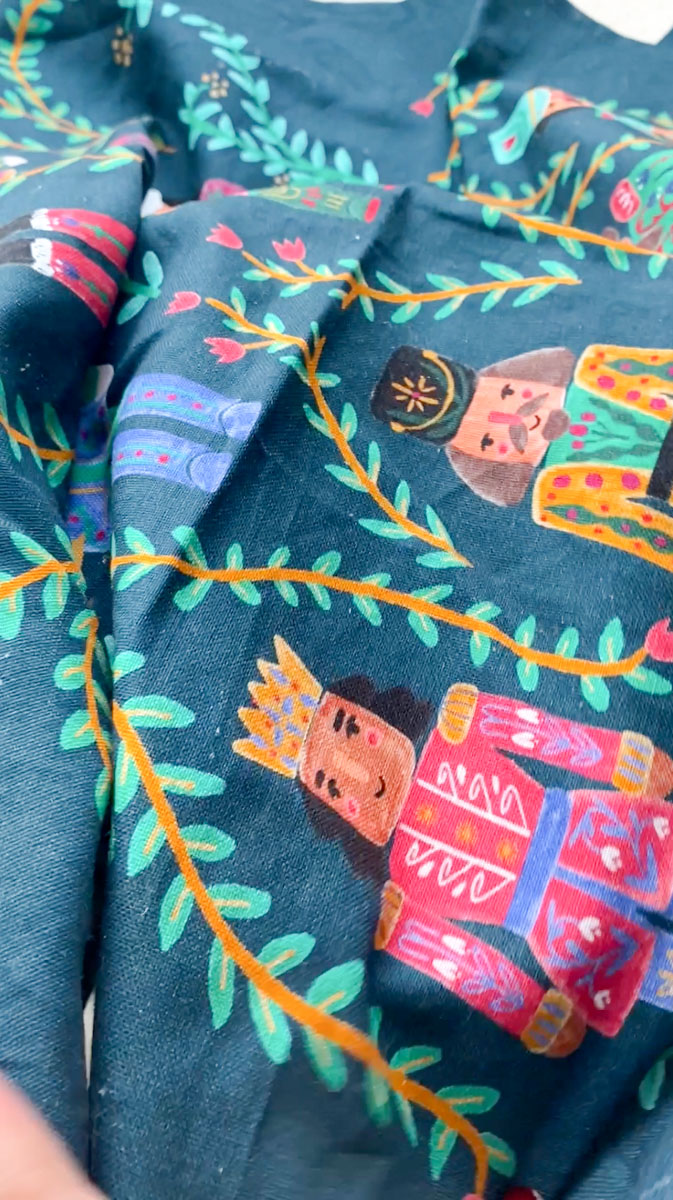
- Using a brush (or a handkerchief if you don't have one), add a little vegetable oil to a pan.
- Heat it over medium-high heat and, once hot, drop in a little of the mixture with a tablespoon.
- Set aside the rest of the batter while blini are cooking.
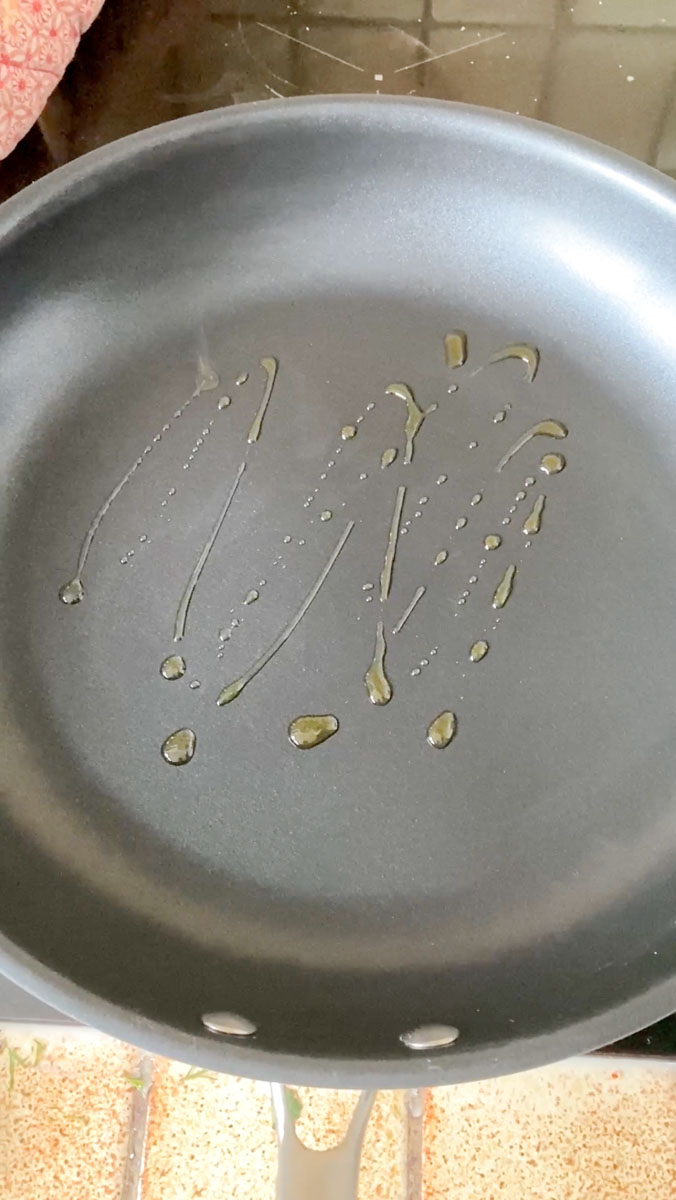
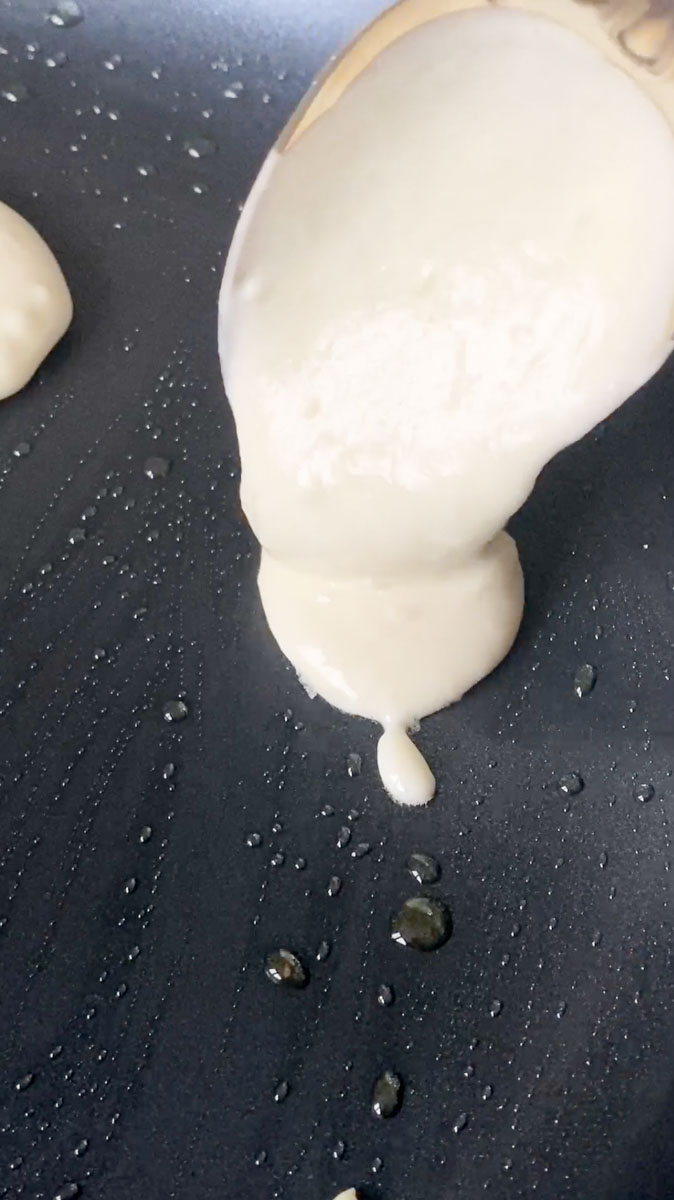

- When bubbles appear on the surface of the blini, turn them over and leave the second side to cook a couple minutes, until golden brown.
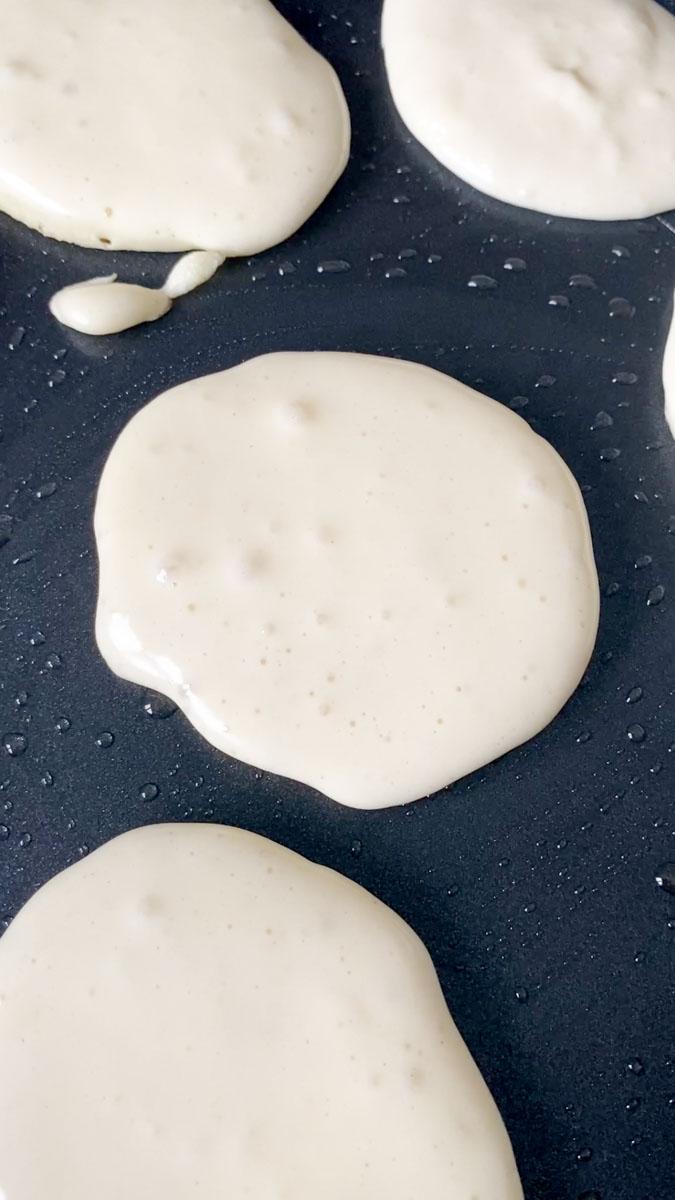
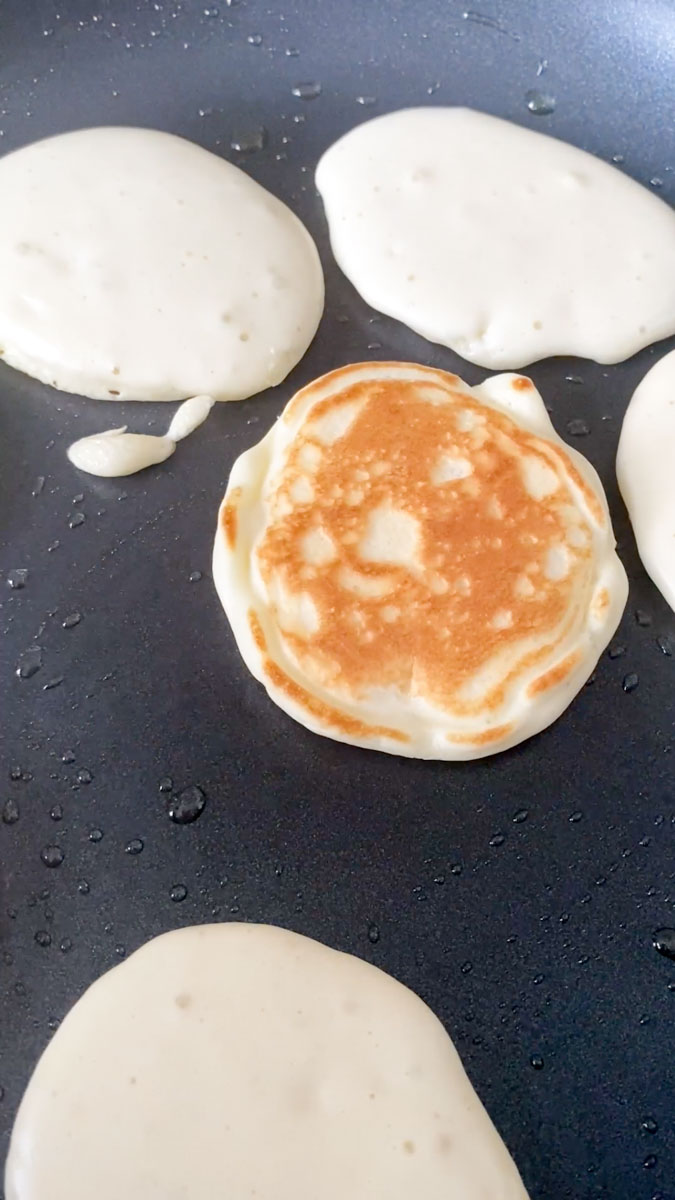
- Place cooked blini on a paper towel-lined plate to remove excess oil. Each time you add blini batter to the pan, check that it's well oiled and repeat the operation until you've used up all the ingredients.
- Enjoy warm blini with the topping of your choice!
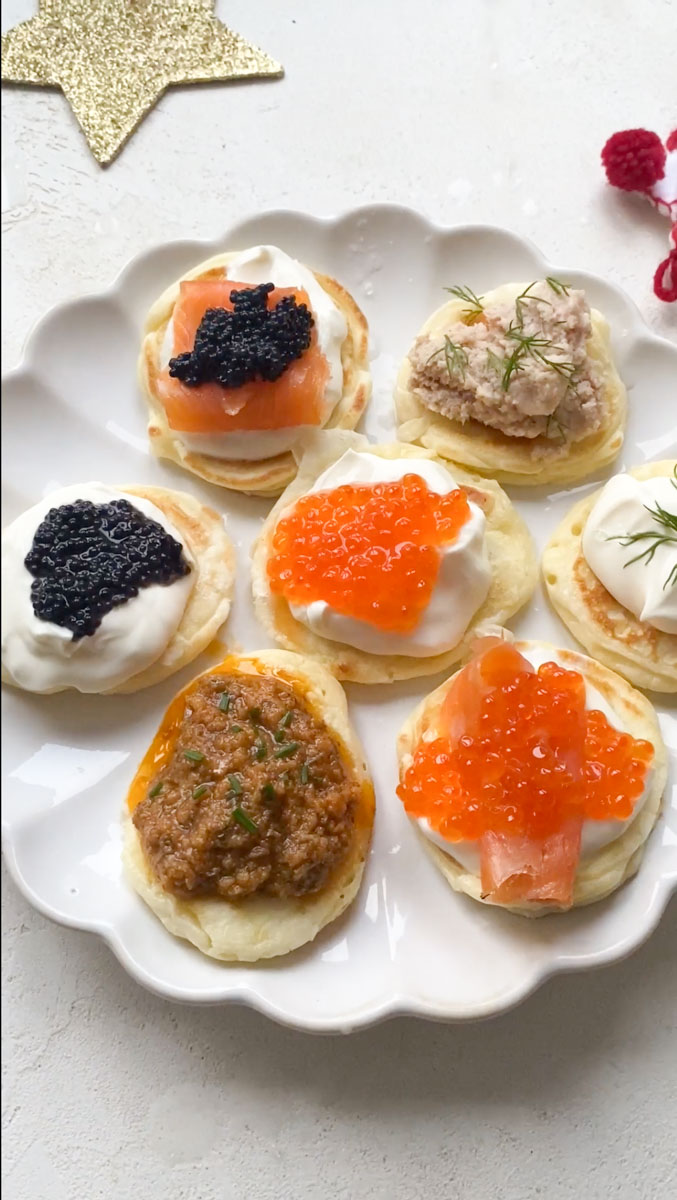
👩🏻🍳 Chef's tips
- As European, I'm used to working in grams and milliliters. For this recipe, I really recommend using a digital scale, which is much more precise. That way, you'll be sure to succeed with your recipes.
- Use room temperature eggs - I never store my eggs in the refrigerator, but if you do, make sure to get them out at least 2 hours before making the recipe, to bring them back to room temperature.
- A well-oiled pan - make sure your hot pan is well oiled each time you put blini batter in it, so it doesn't stick to it. I've never tried with a large nonstick skillet, but maybe it could work. If you try, tell me in the comments below.
- Make a single layer of blini in the plate. Use a second plate if needed, because if you make a stack of hot blini, the humidity will make them all soggy...
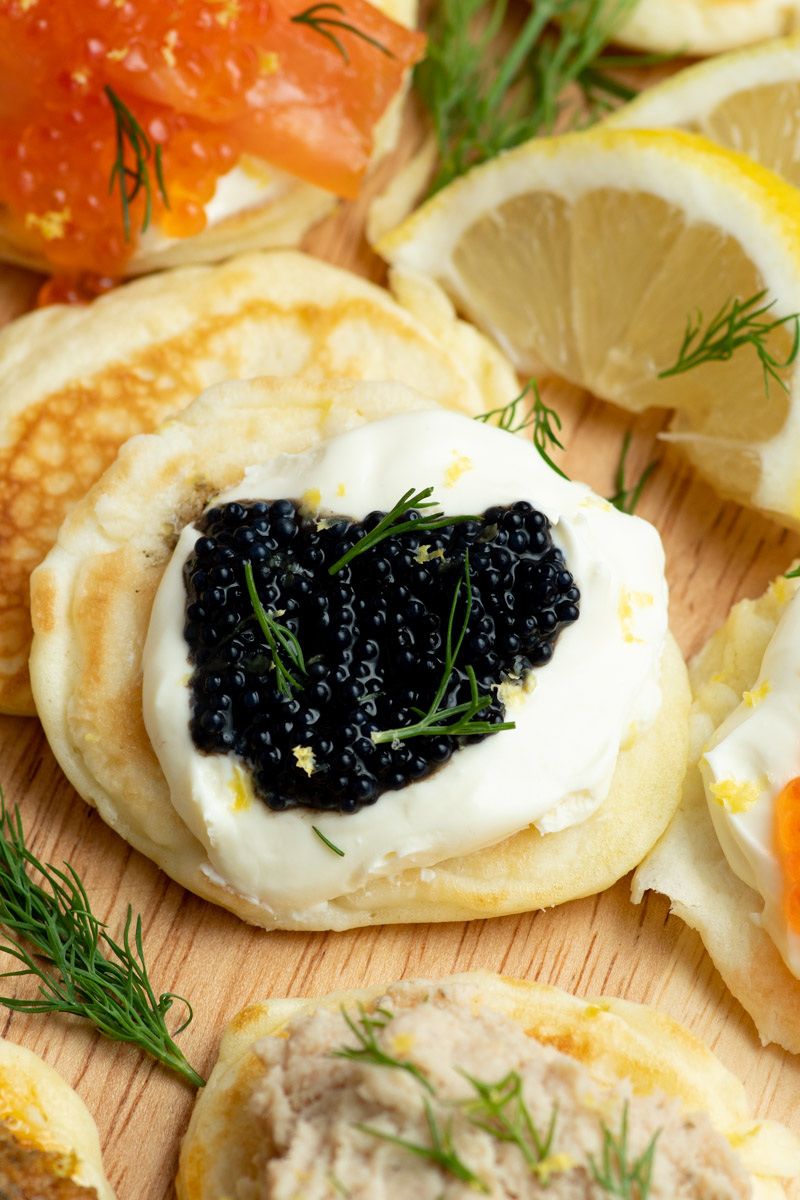
❄️ Storage and freezing
- Make ahead - you can completely make them ahead of time and eat them the next day or two days after. Just store them following the instructions below, or freeze them.
- Store - let them cool completely, then store them in a plastic wrap or in an airtight container in the refrigerator for up to 4 days.
- Reheat - in the oven, for slightly crispy blini, or in the microwave for a few seconds, for soft, moist blini.
- Freeze - once completely cold, place them in a freezer bag, labelled with the name and the date of the recipe, and then in the freezer.
- Defrost - I recommend putting them in a pre-heated oven (320°F/160°C) for a few minutes and then in the microwave for a few seconds, so they get their moisture and fluffiness back.
🎄Other festive Christmas delights
If you make these blini, it would be so nice to leave me a comment and rate the recipe ⭐️⭐️⭐️⭐️⭐️. You can also tag me on Instagram, Pinterest, Facebook or Tik Tok, or even send me a photo, I love seeing my little dishes in your homes!
📖 Recette
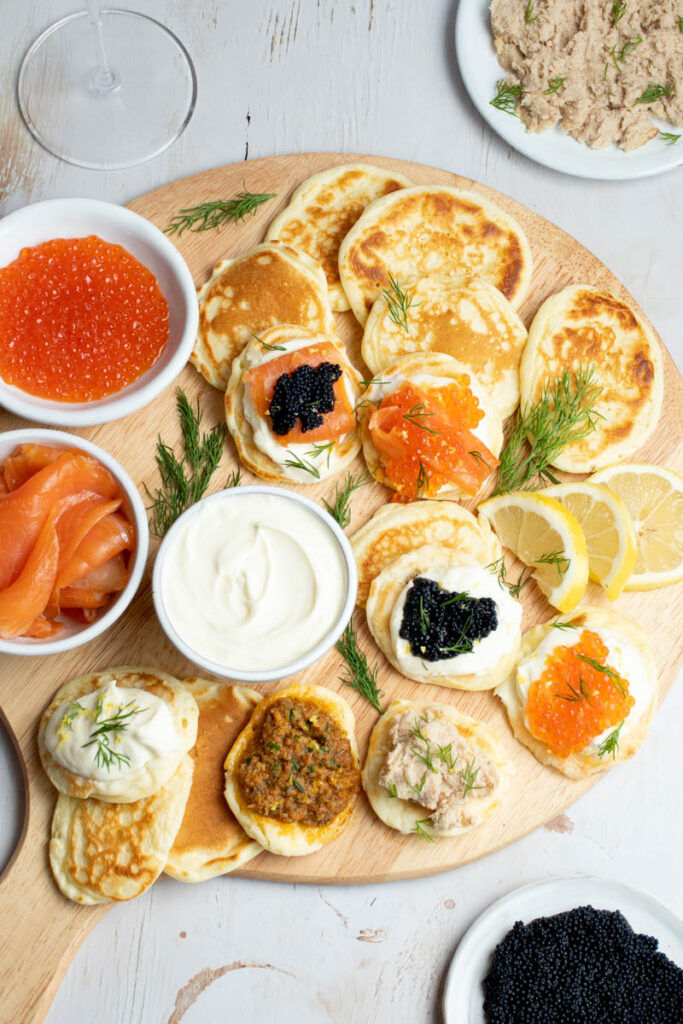
Homemade easy blini (mini pancakes)
Ingredients
- ½ cup creme fraiche (115g)
- ¾ ⅛ cups all-purpose flour (115g)
- ¼ cup whole milk (55ml)
- ¼ teaspoon fine salt
- 1 ½ teaspoons baking powder (6g)
- 1 egg
- Olive oil
Instructions
- In one bowl, mix all the ingredients together, using a whisk, to prevent lumps.
- Cover the bowl with a clean kitchen towel and leave to rest for 30 minutes.
- Using a brush (or a handkerchief if you don't have one), add a little vegetable oil to a pan. Heat it over medium-high heat and, once hot, drop in a little of the mixture with a tablespoon. Set aside the rest of the batter while blini are cooking.
- When bubbles appear on the surface of the blini, turn them over and leave the second side to cook a couple minutes, until golden brown.
- Place cooked blini on a paper towel-lined plate to remove excess oil. Each time you add blini batter to the pan, check that it's well oiled and repeat the operation until you've used up all the ingredients. Enjoy warm blini with the topping of your choice!
Notes
- Make ahead - you can completely make them ahead of time and eat them the next day or two days after. Just store them following the instructions below, or freeze them.
- Store - let them cool completely, then store them in a plastic wrap or in an airtight container in the refrigerator for up to 4 days.
- Reheat - in the oven, for slightly crispy blini, or in the microwave for a few seconds, for soft, moist blini.
- Freeze - once completely cold, place them in a freezer bag, labelled with the name and the date of the recipe, and then in the freezer.
- Defrost - I recommend putting them in a pre-heated oven (320°F/160°C) for a few minutes and then in the microwave for a few seconds, so they get their moisture and fluffiness back.

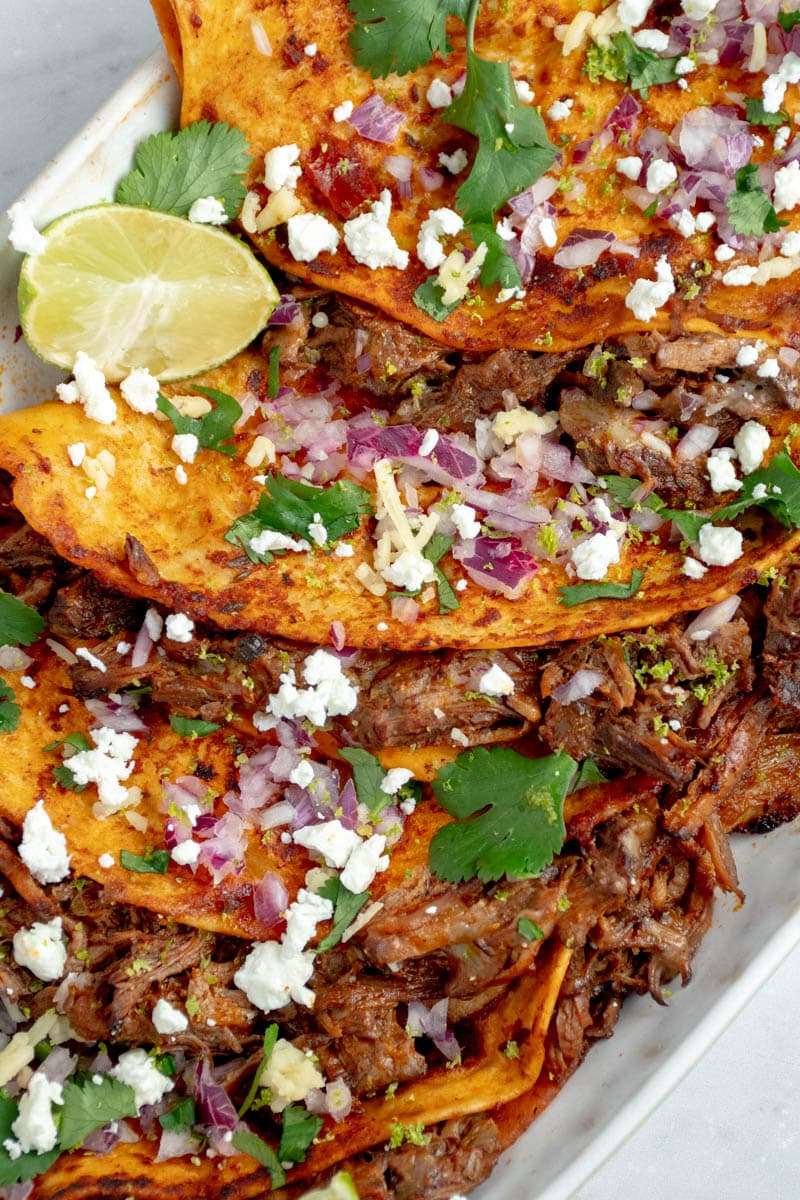
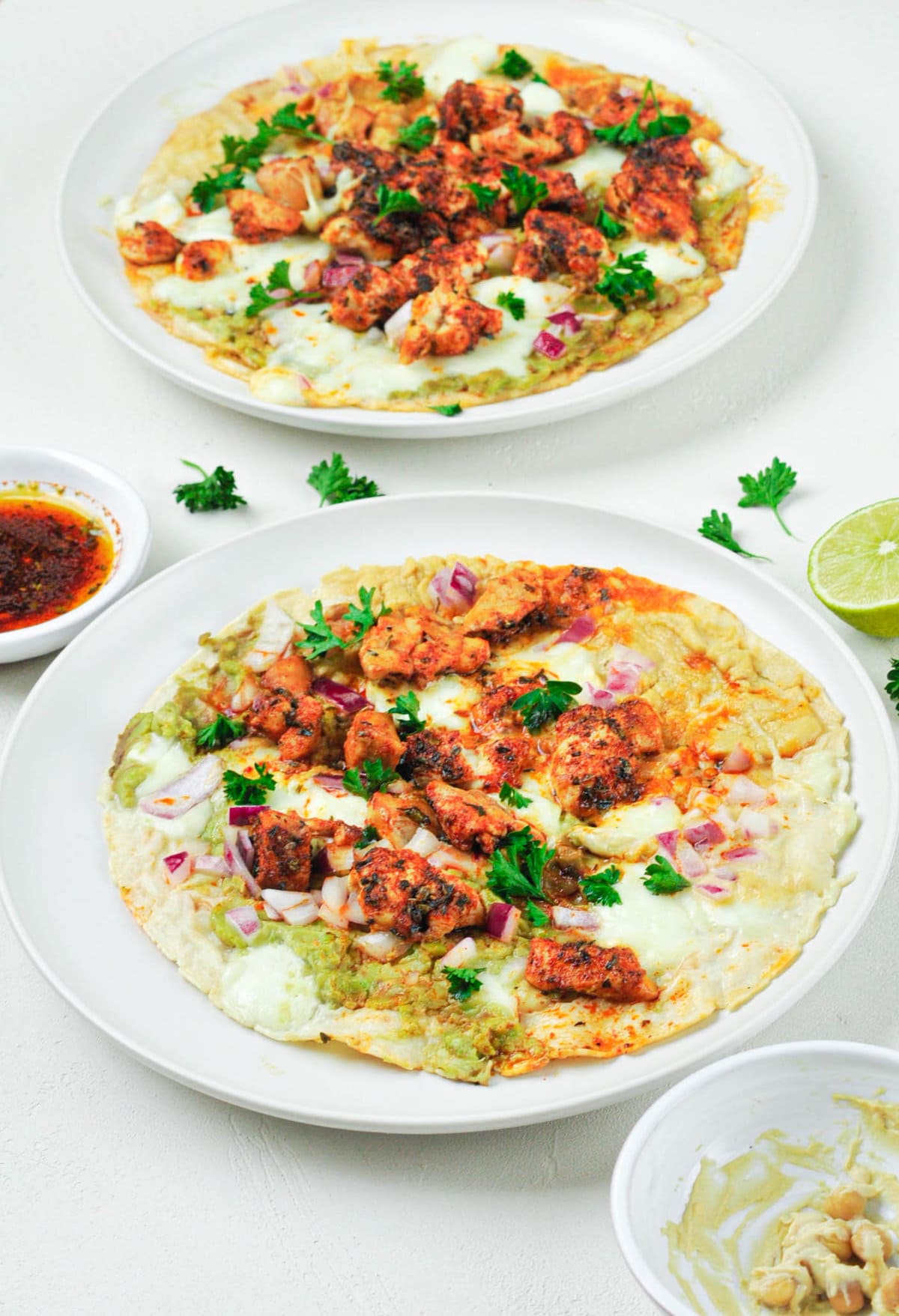
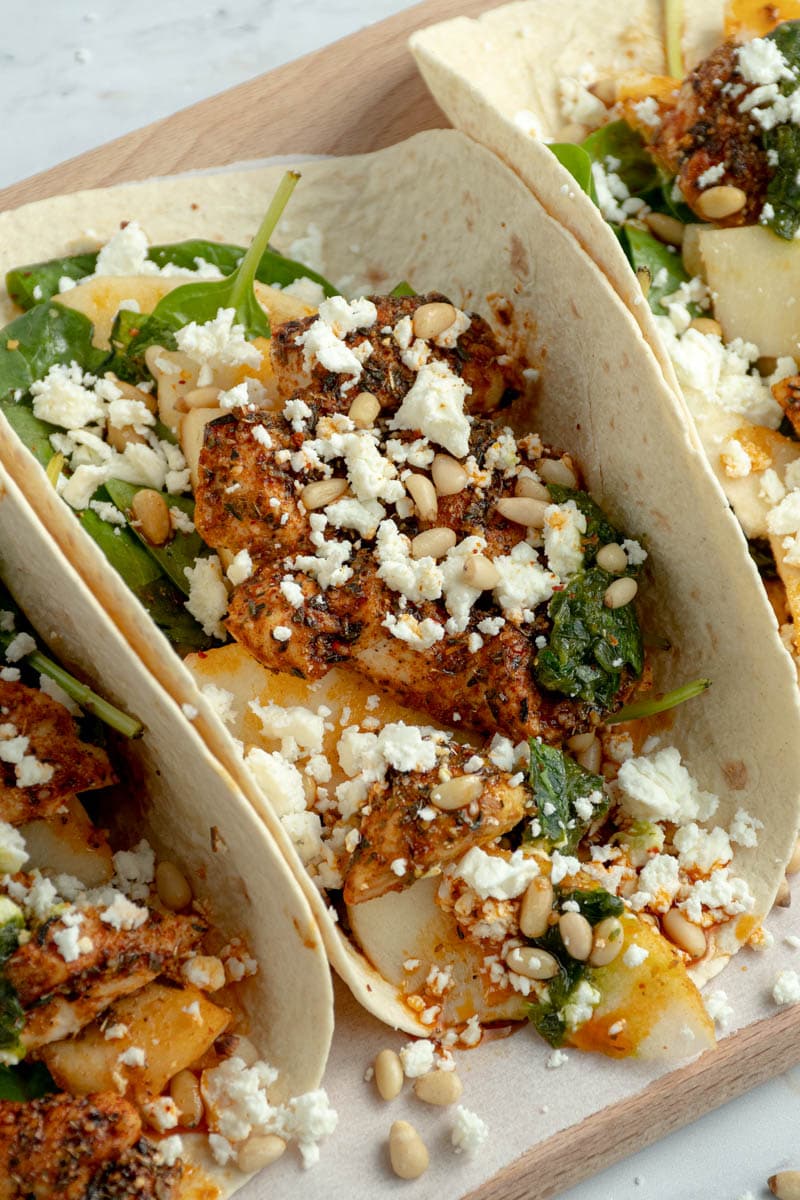
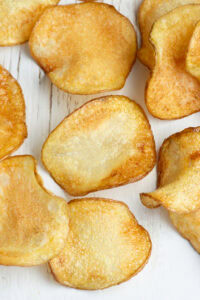
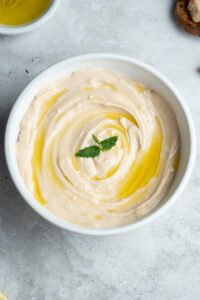
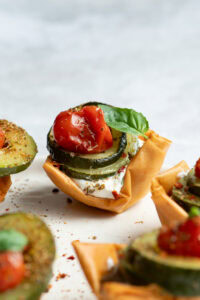
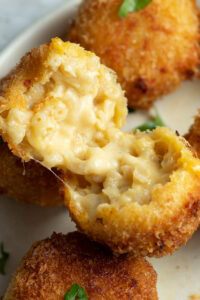
Shirley
I tried five different no-yeast blinis recipes and the results were either dense or tasteless blinis. This recipe works great and results in fluffy and tasty blinis. I added 1 teaspoon of melted butter to the batter. And I use non-stick frying pan without adding any oil when I fry, the blinis don’t stick to the pan at all.
Marie
So happy to read that Shirley, thank you!!